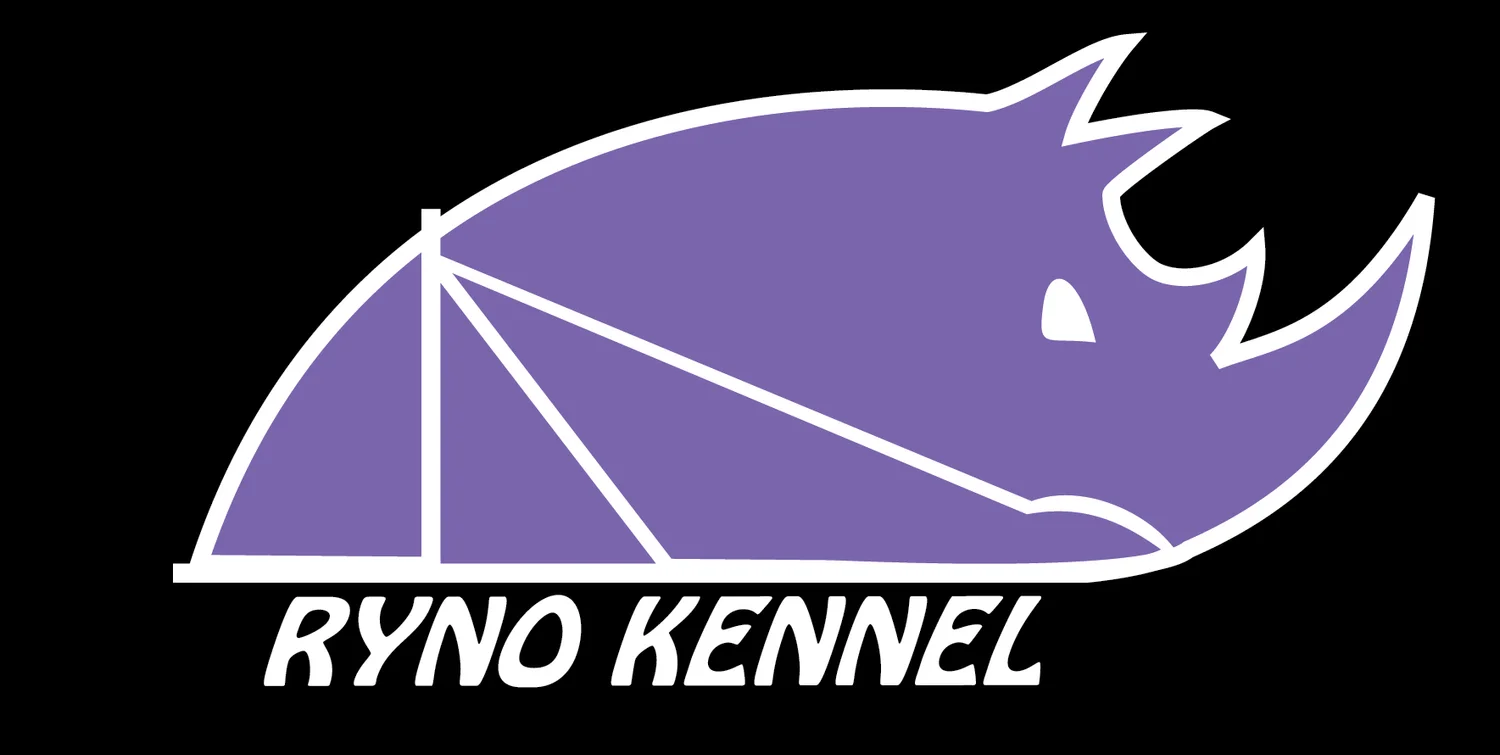But really the biggest adjustment I have to make to winter living is to just have more patience. Everything takes longer in winter. The simplest of tasks might drag out into a couple hours or more. Take yesterday morning for example. Goal: bring two dogs to North Pole Veterinary Clinic for a 10:00 AM appointment with Dr. Brown. I knew it was supposed to get cold the night before, so I woke up at 6:00 AM in order to give myself plenty of time to compensate for any hiccups the cold weather could create. My tasks for the morning: shower, eat breakfast, feed the dogs, start my car, and drive the one hour into the vet office. Even with giving myself FOUR HOURS I arrived five minutes late. The morning went about like this:
6:00 AM- Emerge from under the comforters where Jezzy, Sasha, Derek, and I are cocooned in warmth. By the light of my phone, walk downstairs and flip a light switch. Rats, power is out. Note to self, run the generator more often. Stumble around and throw a jacket on. Supai and Cartel do not even move or look up from their pile of blankets. Step outside to the generator shed. Try to start the generator. Oops. Needs gas. Bumble around the yard, kicking gas containers and looking for a full one. Grab a half full container and start filling the generator. Curse myself for not bringing gloves as I try not to freeze burn my fingers on the metal gas cap. Start up a generator and go inside.
6:30 AM- Cartel, Supai, Jezzy, and Sasha all still completely ignore my movements and pretend it’s not morning yet. The water pump kicks on, but no water is coming up from the well. Pipes must be frozen. I plug in the heat tape. It’ll take about an hour, but the pipes will clear up. Pack firewood into the woodstove and open all the vents to get it cranking and warm.
7:00 AM- Start breakfast. Have a delicious breakfast and drink a big mug of coffee (ok it’s really creamer with a dash of coffee).
7:30 AM- Go try the water. Success! There’s movement in the pipes. Shower time. Oops. The drain is frozen and the base of the shower is collecting water. Plug in the heat tape around the drain pipe. Attempt to start my car knowing full well it won’t start. Yep, it’s too cold. Normally, cars are plugged in, but since we are off-grid, we just heat them up with a diesel blower (or for the trucks, turn on the Webasto which is an internal heater). I go and wake up Derek and ask him really nicely if he’ll get my car ready to go. I need to leave at 9:00 AM.
8:00 AM- Head out to feed the dogs a warm broth of meat. We’re feeding about 30 pounds of beef in warm water to the dogs in the mornings. The dogs gobble up their breakfasts then curl back up in their straw beds for a bit more sleep.
8:30 AM- Shower drain is good to go. I hop in the shower. It’s been about a week since my last shower, and I have a hunch the real world would appreciate being around a clean, nice smelling Ryne.
8:55 AM- Derek has warmed up the car. I turn the key and presto! We have a running vehicle. I wait ten minutes for engine to warm up before driving. I load Cooke, Faff, and Cartel into the car and off we go to the vet! Kalyn (with Fire, Ham, Rucu, and Blue) and Mandy (with Perm) have arrived in the yard to scoop, walk puppies, and work with the reindeer.
10:05 AM- We arrive at the vet! SUCCESS!!!
So there you have it. Four hours to do morning chores and arrive at the vet office. And this is the norm in winter. Things break, freeze, or won’t start. You just have to have patience. And I should note, we are still working on the cabin. Our routines will get easier once the house is finished. Although even then, many houses have issues with frozen water pipes or septics. Many people choose to live in dry cabins (meaning no running water) not out of poverty, but out of a desire to not have to worry about leaving for a few days and their homes freezing up. Oh the joys of living in the far north! And for those wondering about the vet visit, the dogs are just fine! Cartel came along because she likes to ride in the car. Cooke has a sprained tail (his brother Smoky must have grabbed it and not let go when they were playing in the yard), and Faff has allergies. When you have this many dogs, it’s always something! Good thing winters are beautiful!



































